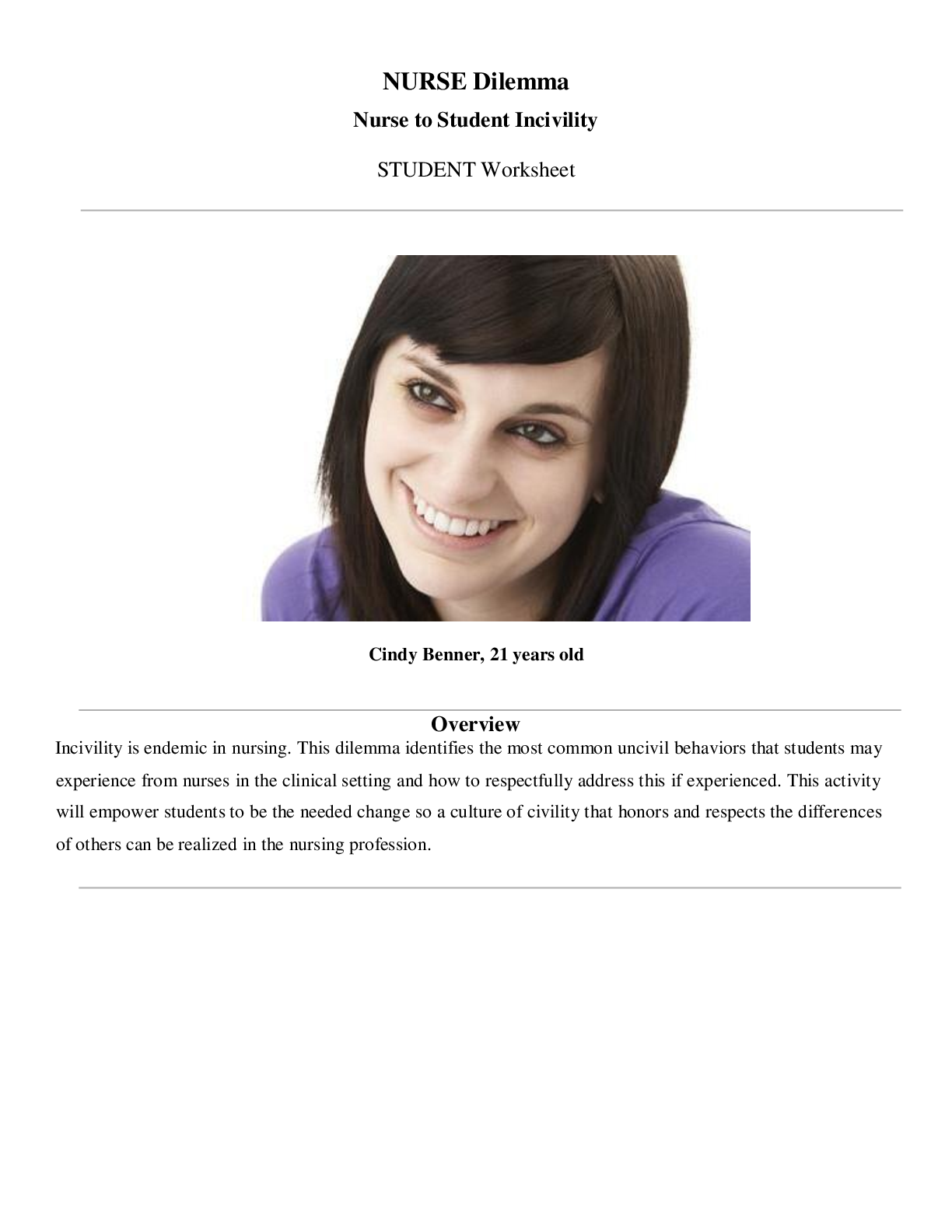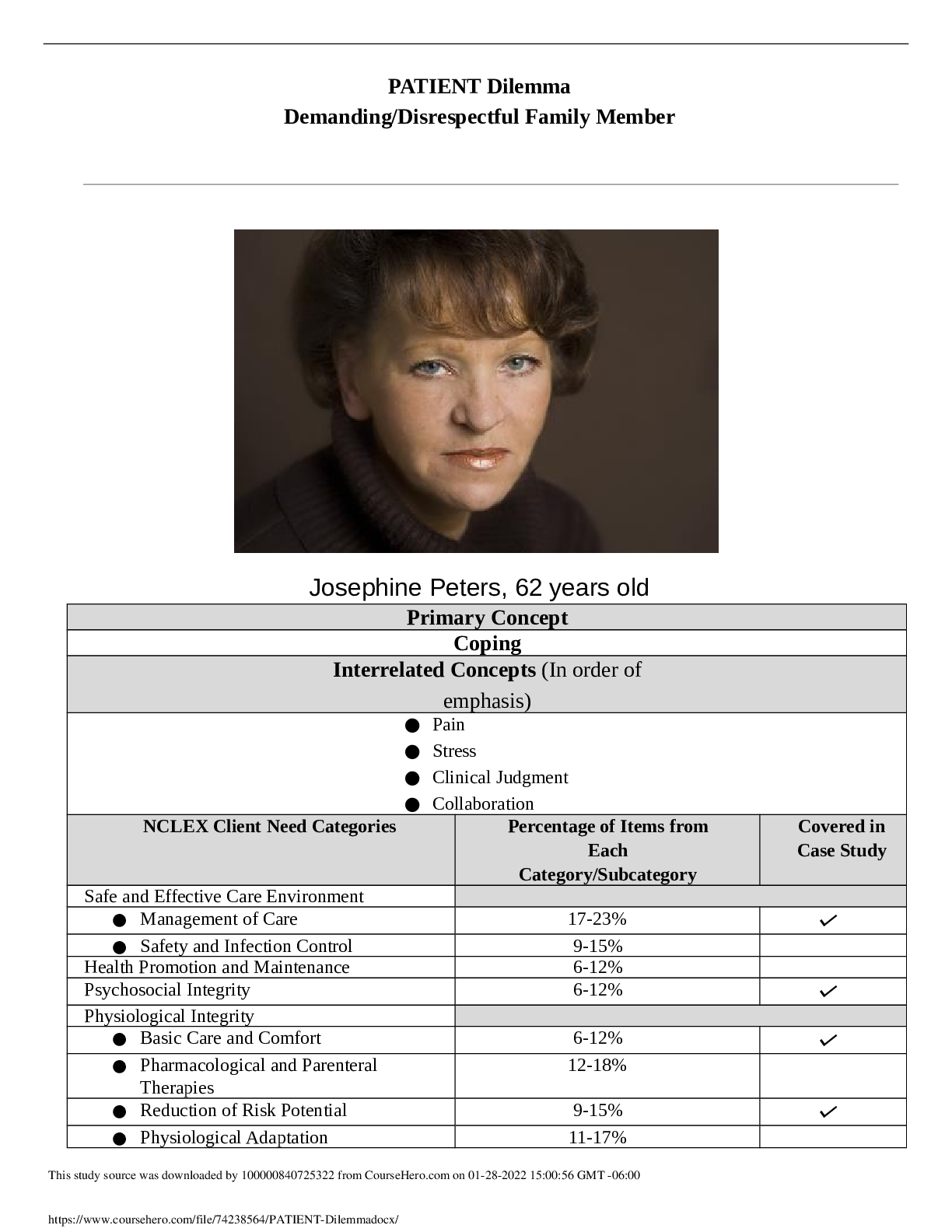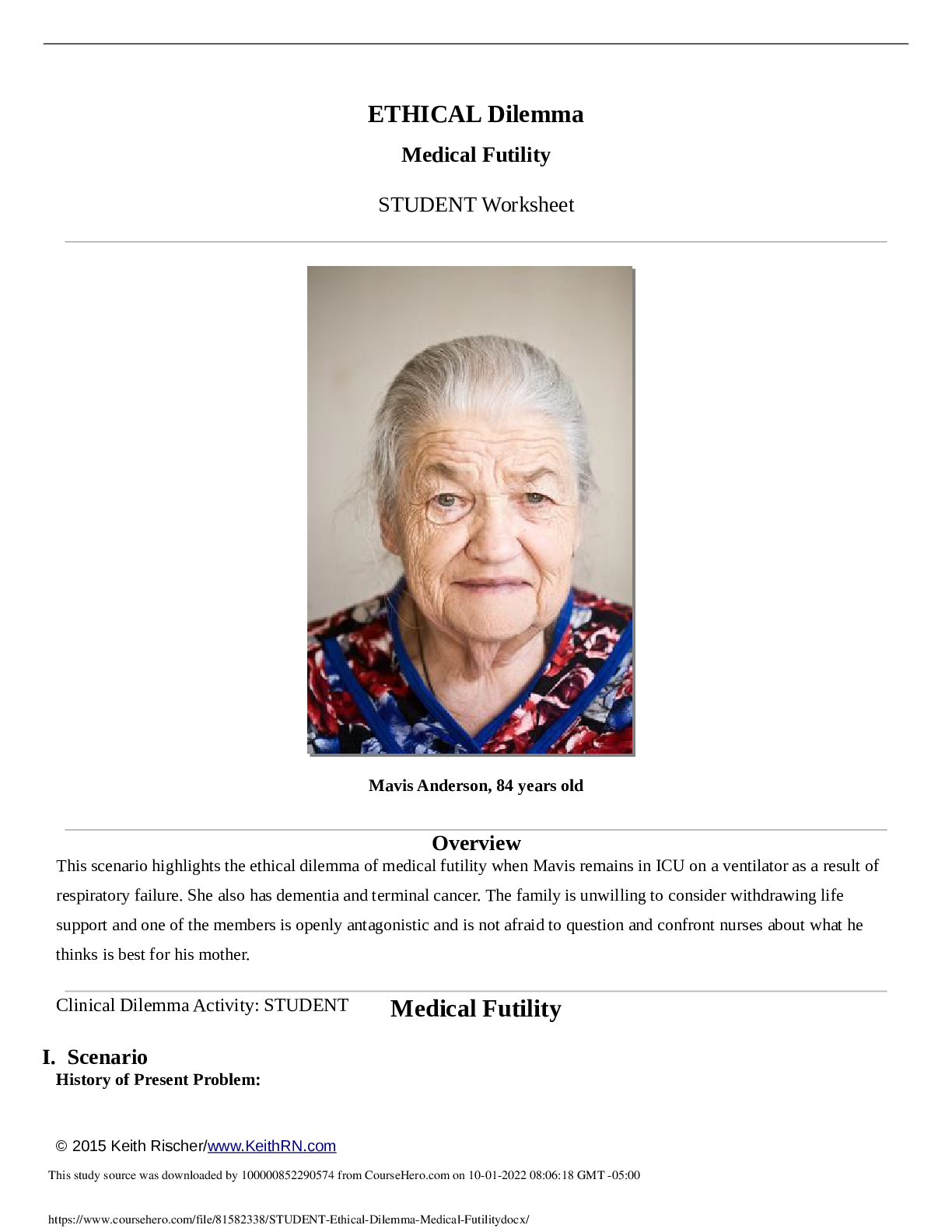*NURSING > EXAM > NURSE Dilemma Student Burnout STUDENT Worksheet _Susan Peterson, 21 years old / NUR 1022C clinicals (All)
NURSE Dilemma Student Burnout STUDENT Worksheet _Susan Peterson, 21 years old / NUR 1022C clinicals day 6./;Rated A
Document Content and Description Below
NURSE Dilemma Student Burnout STUDENT Worksheet Susan Peterson, 21 years old Overview Most nursing students experience high levels of stress. For some, it crosses a line and the slow fa... de of burnout can steal the joy and passion of caring for others. Nursing has one of the highest rates of burn out of any profession. Identifying EARLY signs of burnout and practical strategies to cultivate self-care is required and is the emphasis of this nursing dilemma. Clinical Dilemma Activity: STUDENT I. Scenario History of Present Problem: Student Burnout Susan Peterson is a 21-year-old second year nursing student at a local community college who consistently received As in high school, but has been able to maintain only a C average since she began the program. She continues to work thirty hours a week as a nursing assistant to support herself. She wants to be the best nurse possible and if she does not raise her grades, her expectations and perceptions of herself are directly impacted. Though she has made adjustments in her study habits and feels she knows the content, her grades have not improved. This additional stress has caused her to feel mentally and physically exhausted even though she feels that she is getting enough sleep. She has neglected to take time to attend church or maintain relationships outside of school this past semester because “I don’t have the time.” What data from the histories is important & RELEVANT; therefore it has clinical significance to the nurse? RELEVANT Data from Present Problem: Clinical Significance: Mentally and physically exhausted. Neglecting church and relationships. Susan seems to be on the road to burnout. There are physical, emotional, and behavioral symptoms to be aware of as well as suppressing your immune system. You can support your mood and energy levels with a healthy diet and reevaluating priorities. Susan may feel isolated from those she loves and disconnected spiritually. II. The Dilemma Begins… Current Concern: Susan comes to clinical and appears physically tired. Michelle, the clinical instructor becomes concerned when she observes Susan respond harshly to her patient’s request for a pain medication. After clinical, Michelle asks Susan if everything is alright. Susan begins to break down and cry and tells Michelle, “I feel like such a failure! What was I thinking even going into this program. I feel so helpless. Regardless of all that I do, I can’t even get a B in my major!” What data from the current concern is important & RELEVANT; therefore, it has clinical significance to the nurse? RELEVANT Data from Current Concern: Clinical Significance: Appears physically tired. Harsh response to pt. Susan breaks down- cries and states she feels like a failure and feels helpless Fatigue can cause a vast range of other physical, mental and emotional symptoms. Headaches, sore and weak muscles, slow responses, impaired judgement, irritability and etc. This is an effect of being burnt out- this will affect your mood- making you more irritable. Susan seems to have a nervous breakdown due to her exhaustion and burnout. Unexplained outbursts are common. III. Resolving the Dilemma 1. Identifying data that is RELEVANT, what is the essence of this current dilemma? Relevant data in this situation is the patient is a nursing student and as she has told us she is under a lot of stress with her schooling, neglecting church and friends/family. She’s experiencing burnout and it’s causing her to become irritable, feeling helpless, fatigue and over all exhausted. 2. What additional information is needed by the nurse that would help clarify the current dilemma? Patients eating habits, exercise, sleep. We would also want to ask for any current medications, additional stressors and coping methods. Clarify with Susan is she has history of depression or mental health issues. 3. What additional members of the educational team could be used in this situation? Why? Instructors play a significant role because they want to see their students succeed and will help us find solutions to our problems. This is why it’s important to communicate how you are feeling or what you are dealing with so you can be connected with the proper resources, potentially within the school. 4. What is the student priority? I feel the student priority is to focus on self-care and her health habits such as eating and exercise. I also feel student should reduce her work schedule is her financial means allow so. We can later talk about time management skills and trying to make time for church whether it be online or in person, and making time with her family even something as small as dinner time. 5. What interventions and/or principles can be utilized by the student to successfully resolve this clinical dilemma? Susan and I will discuss healthy eating habits, exercising even if it’s just for 15-30 minutes, setting time aside to spend with loved ones and especially reducing work hours if possible. I feel the workload of 30 hours each week is extremely stressful for Susan and cutting those in half could make the difference she needs to catch up and be where she wants to be with her school grades, church and her loved ones. 6. What is the expected response of the student that would indicate the interventions were effective? I expect the patient to verbalize some healthy habits she learned today while in her visit. Susan shows a positive attitude and states she is looking forward to making these changes. 7. What response by the student would indicate that additional interventions are needed? Susan states “I will just stop at McDonald’s for meals so I don’t have to cook anymore” the pt thinks this will save her time but these fast food meals will ultimately take more of a toll on her. I will further educate on healthy eating habits. 8. What is the student likely experiencing/feeling right now in this situation? Susan is likely feeling isolated, like a failure, helpless, overly stressed etc. She’s here because she needs guidance and wants to find a resolution. 9. What are some practical self-care strategies you could implement to minimize or put out the potential fire of burnout while a student? I could do better in a lot of ways. I would like to start exercising, eating healthier and focusing more on my overall mental health. Nursing school is hard and organization and prioritization is key. We can do this! Nursing Plan of Care (please refer to rubric when completing this form) Patient Initials: Objective Cluster Data (for this problem) Subjective Cluster Data (for this problem) Nursing Problem (Diagnosis) #1 anxiety r/t feelings of helplessness as evidence by susan having a breakdown and crying. Goals (List one short term and one long term goal) STG: patient will verbalize anxiety self control skills before leaving today. STG Interventions (List 3, with rationales & citation) 1. assess the client of anxiety and physical reactions to anxiety. This will help in using appropriate communication skills to identify and manage this issue. 2. use empathy to encourage the client to interpret the anxiety symptoms as normal. The way a nurse interacts with the patient influences his or her quality of life. 3. encourage the client to use positive self talk. Self talk strengthens behavioral performance and prospective behavioral intentions. LTG: patient will display coping mechanisms to deal with anxiety within 1 month. LTG Interventions (List 3, with rationales & citation) 1. suggest yoga to the patient. It is noted that the practice of yoga was beneficial to the welfare and comfort of patients. 2. consider massage therapy. The use of massages has been shown reduce phycological stress and anxiety 3. encourage the client to use positive self talk. Self talk strengthens behavioral performance and prospective behavioral intentions Evaluation: (State if goals were met/not met and why; If goal should continue/discontinue or be revised) STG: yes. The patient has verbalized the methods she will use to help her cope once she leaves. LTG: yes, the patient has started using positive self talk which has helped her center herself and take control of her anxiety. Patient Initials: Objective Cluster Data (for this problem) Subjective Cluster Data (for this problem) Nursing Problem (Diagnosis) #2: stress overload r/t multiple stressors as evidence by patient reports of physically and mentally exhausted. anxiety r/t feelings of helplessness as evidence by susan having a breakdown and crying. Goals (List one short term and one long term goal) STG: patient will verbalize stress relievers before leaving today. STG Interventions (List 3, with rationales & citation) 1. Help the client to reframe his or her perceptions of some of the stressors. This found that coping mediated the effects of stress on physical and psychological health. 2. Provide information as needed to reduce stress responses. Nursing interventions including strategies to deal with behavior of focus on physical health and planning to meet resources can enhance the well-being of the patient. 3. Help client modify or mitigate stressors identified as modifiable overload was found to be the most significant predictor of work related stress there are numerous possible strategies to modify stressors including time management organizational skills problem-solving and changing perceptions of stress. LTG: patient will utilize her resources to reduce stress. LTG Interventions (List 3, with rationales & citation) 1. Assist client with identification of stress overload during vulnerable life advance this has been shown to improve stress levels because patient has a better grasp of the stress. 2. Explore possible therapeutic approaches such as cognitive therapy acupuncture and alternative therapies. This has been shown to be effective in reducing stress 3. Help the client to reframe his or her perceptions of some of the stressors. This found that coping mediated the effects of stress on physical and psychological health. Evaluation: (State if goals were met/not met and why; If goal should continue/discontinue or be revised) STG: yes, the patient has verbalized things she can do to assist in stress relief. LTG: not quite, the client does not have time to attend therapy but is trying some of her own coping skills from home. References Centers for Disease Control and Prevention, Centers for Disease Control and Prevention, . • Ackley, B. J., Ladwig, G. B., Beth, M. F. M., Martinez-Kratz, M. R., & Zanotti, M. (2020). Nursing diagnosis handbook: an evidence-based guide to planning care. Elsevier. • Taylor, C., Lynn, P., & Bartlett, J. L. (2019). Fundamentals of nursing: the art and science of person-centered nursing care. Wolters Kluwer. [Show More]
Last updated: 1 year ago
Preview 1 out of 5 pages

Reviews( 0 )
Document information
Connected school, study & course
About the document
Uploaded On
Aug 06, 2021
Number of pages
5
Written in
Additional information
This document has been written for:
Uploaded
Aug 06, 2021
Downloads
0
Views
78

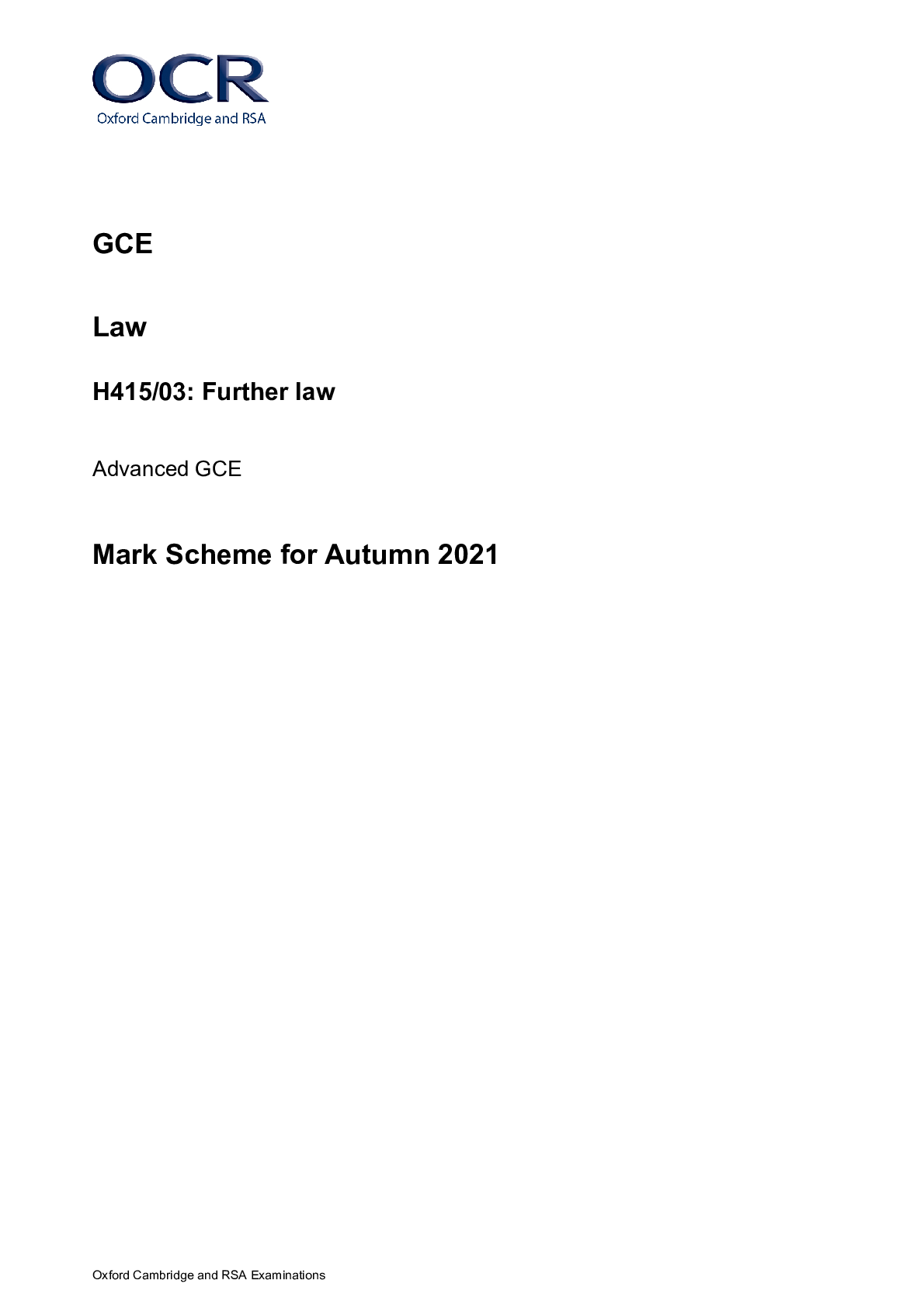
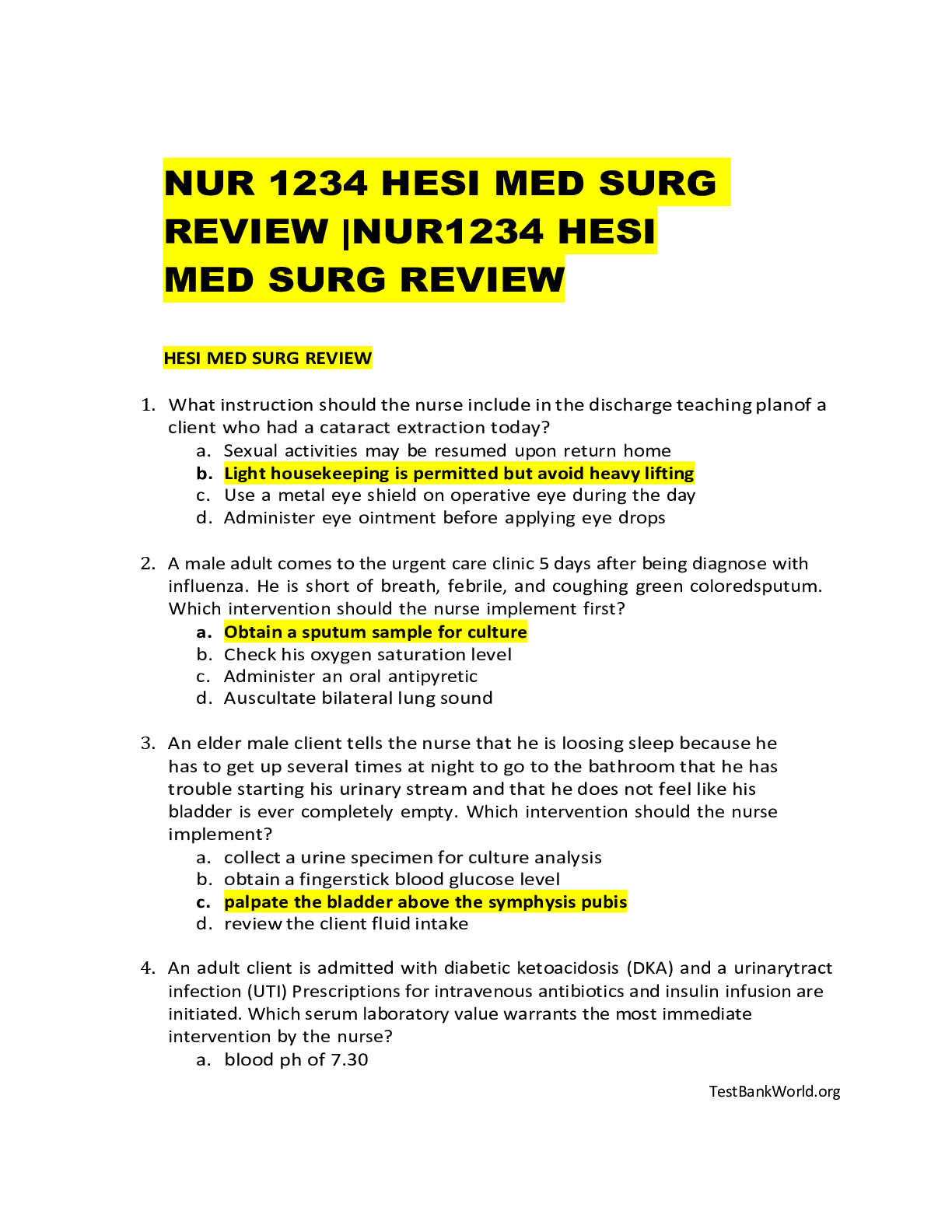
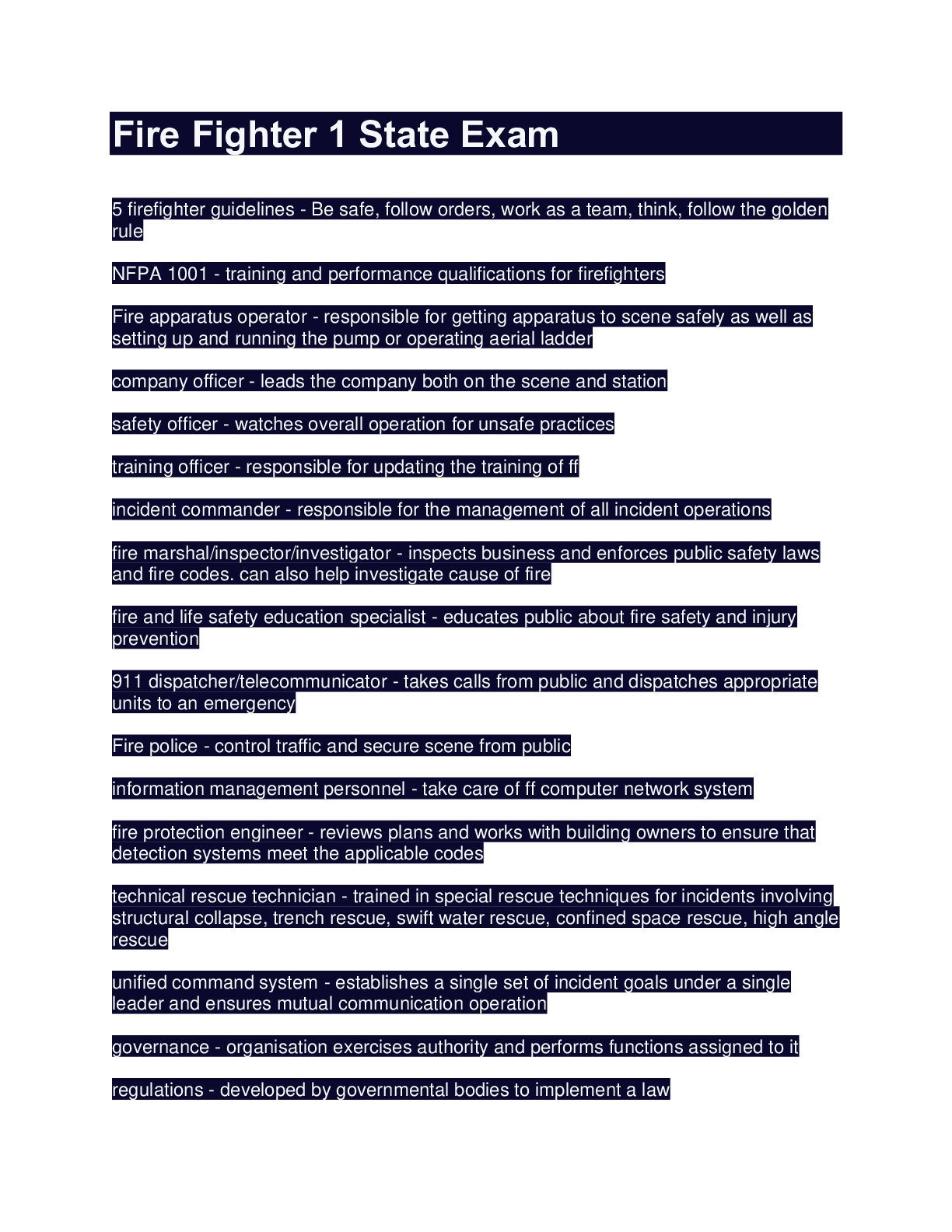

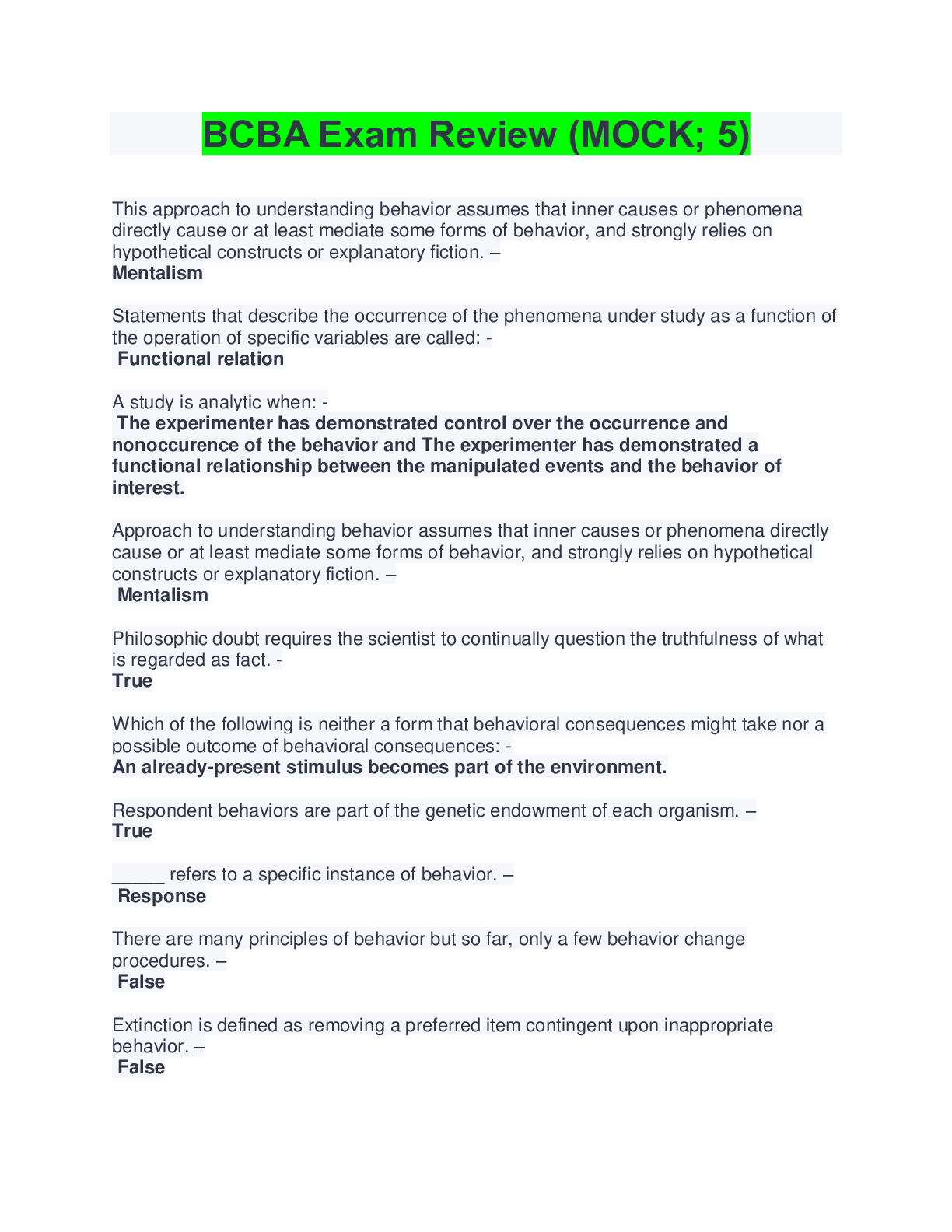


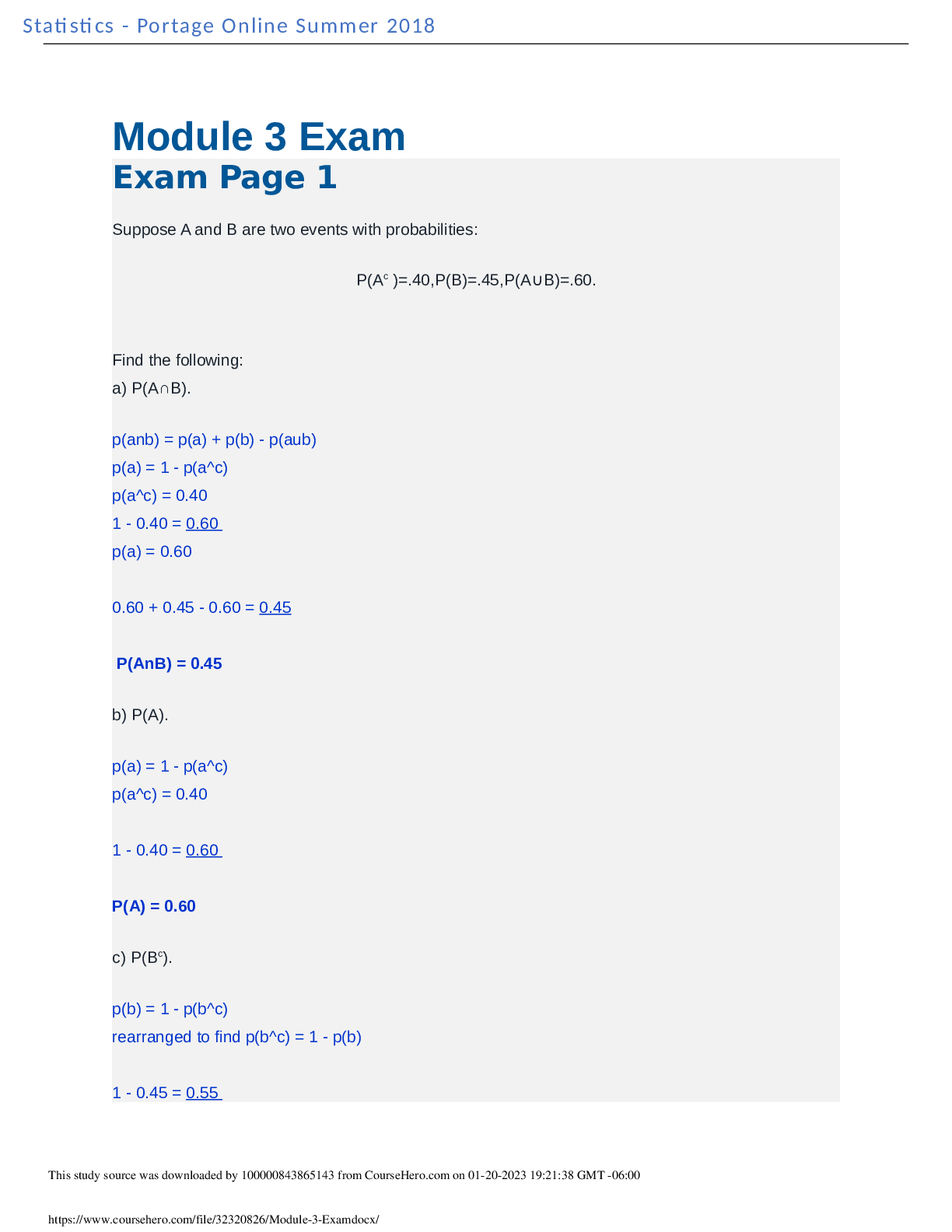
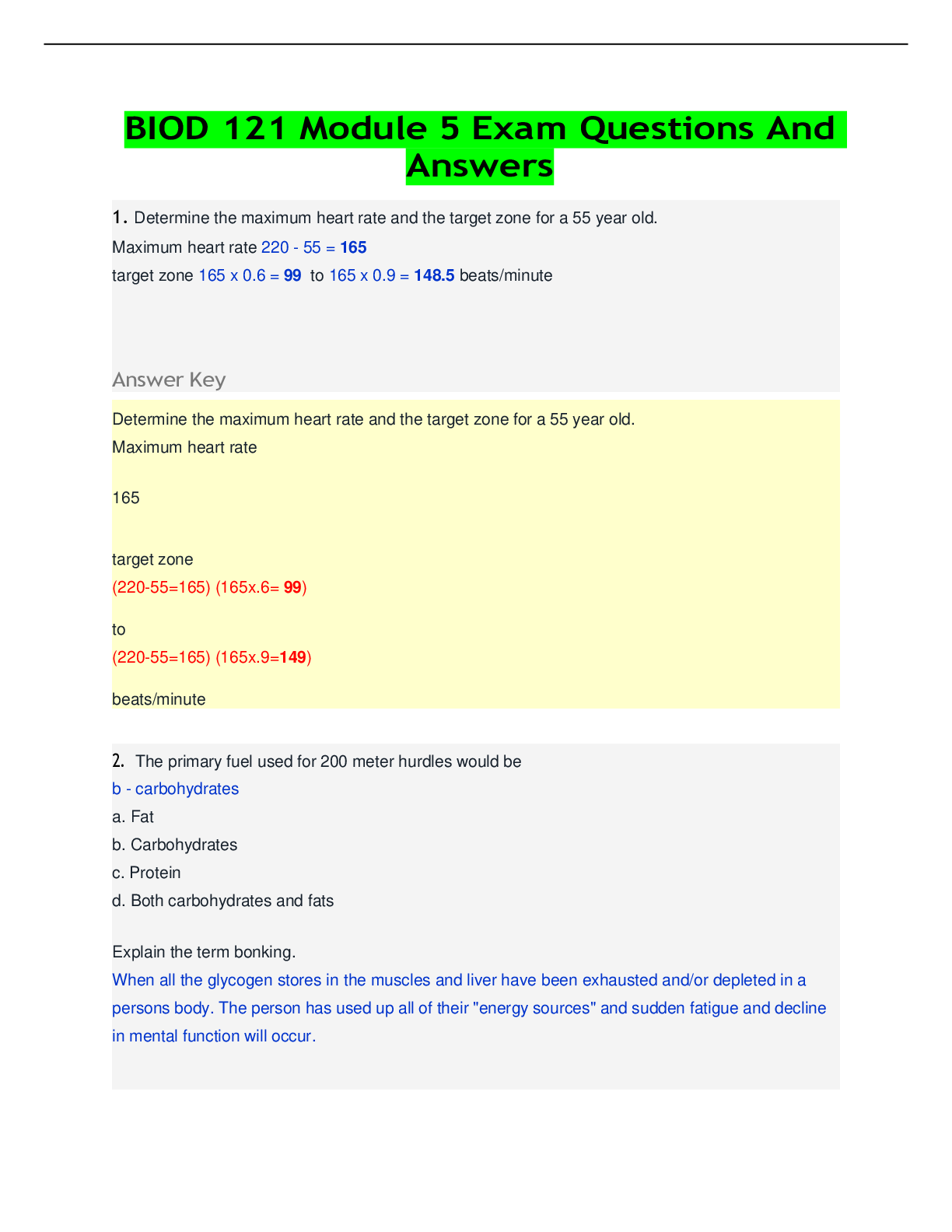

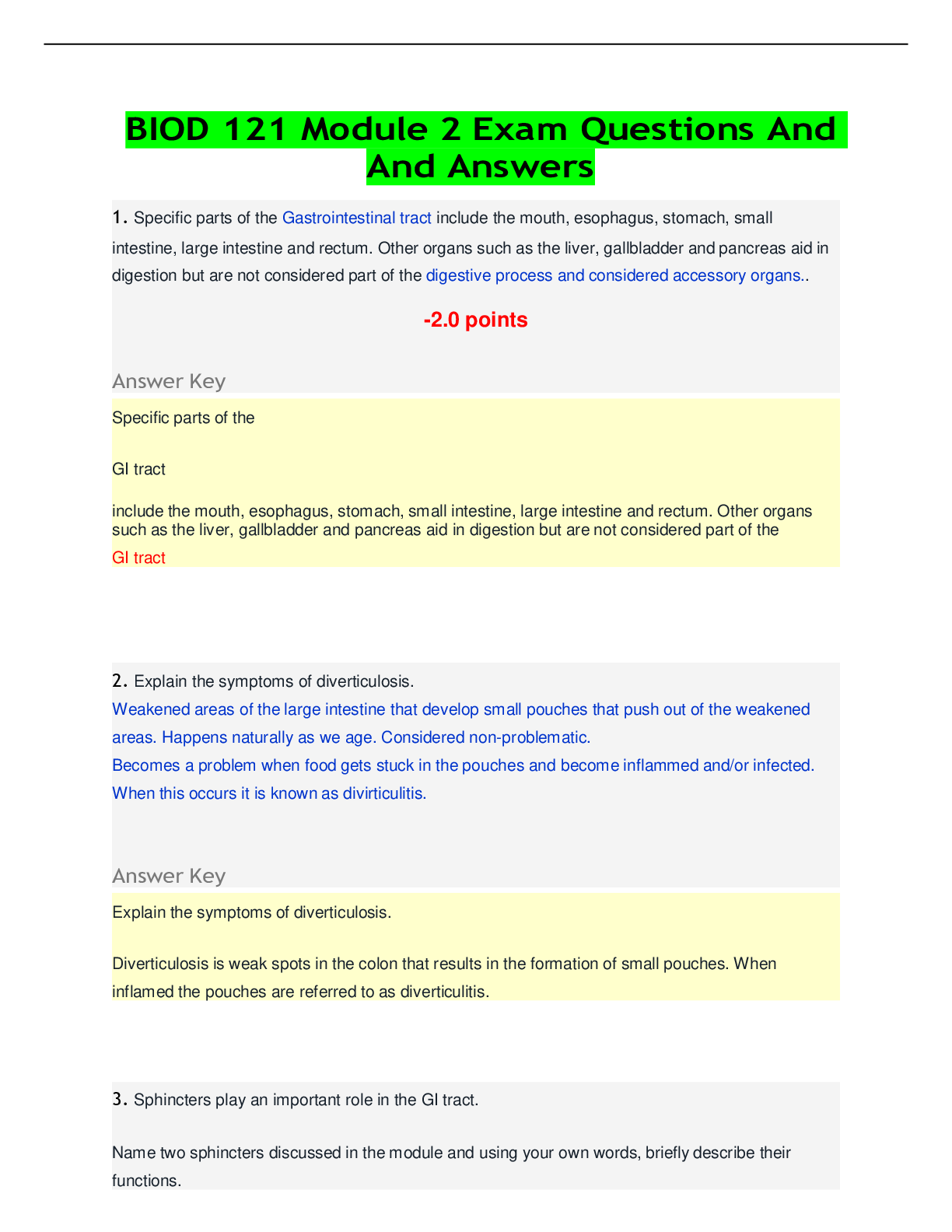

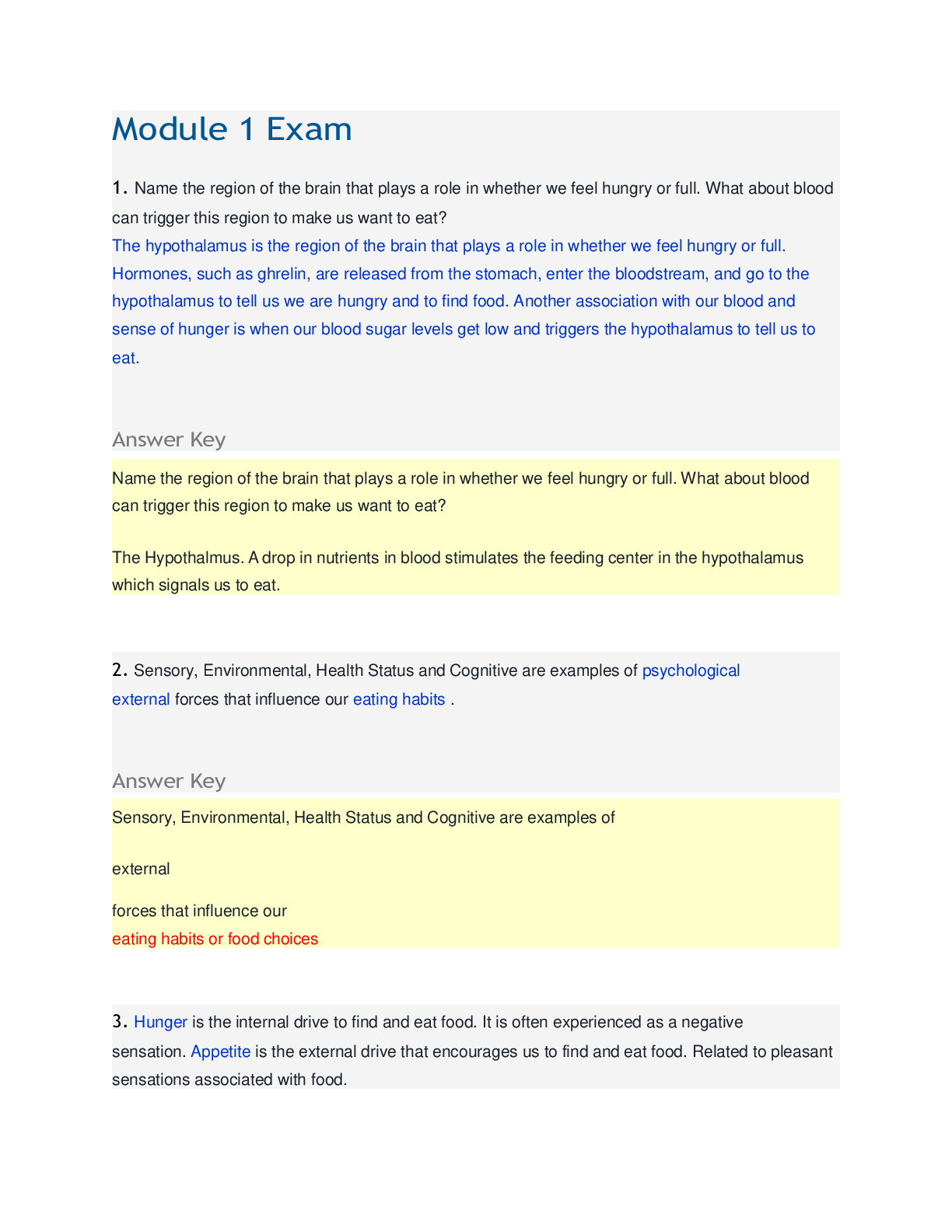
 (1).png)
 (1).png)
 (1).png)
